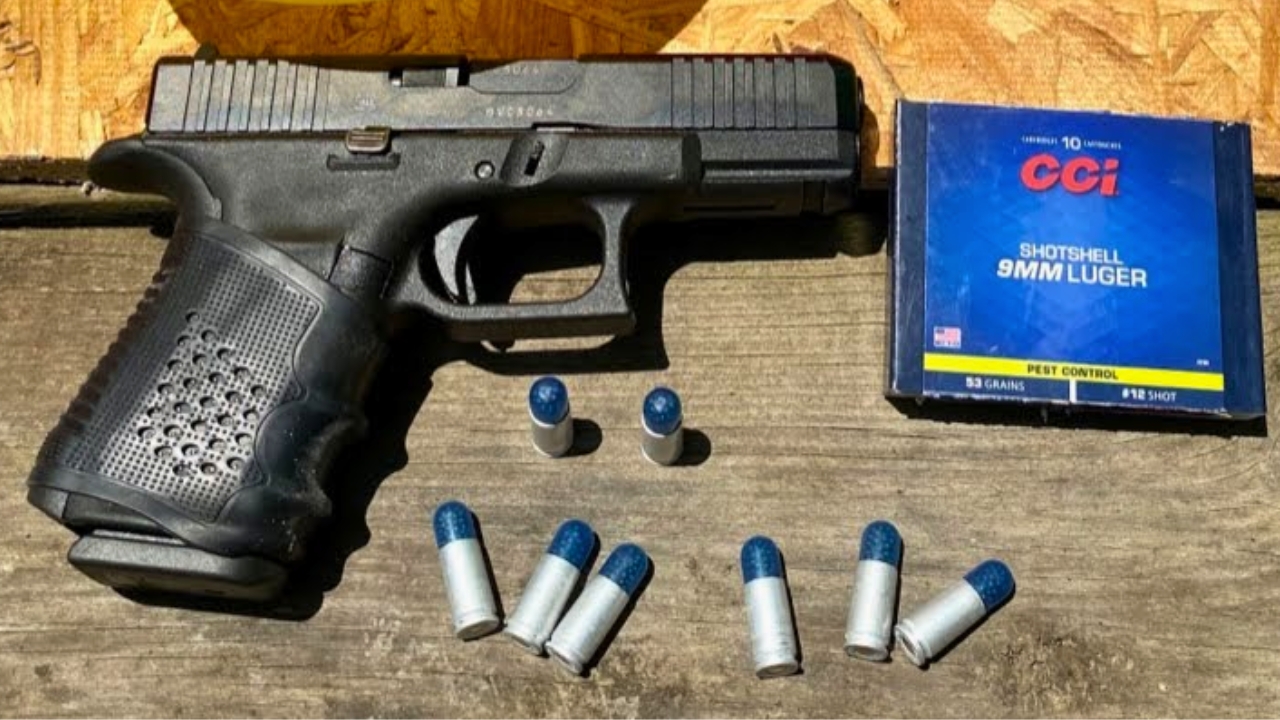What Caliber to Use for Snakes, Skunks, and Other Close-Range Pests
When it comes to dealing with snakes, skunks, and other pests at close range, you don’t need long-range power—you need control, quick handling, and the right tool for the job. The wrong caliber can be overkill or downright unsafe if you’re near buildings or livestock. These are the ones that actually make sense when you’re dealing with unwanted critters up close.
.22 Long Rifle with Shotshell
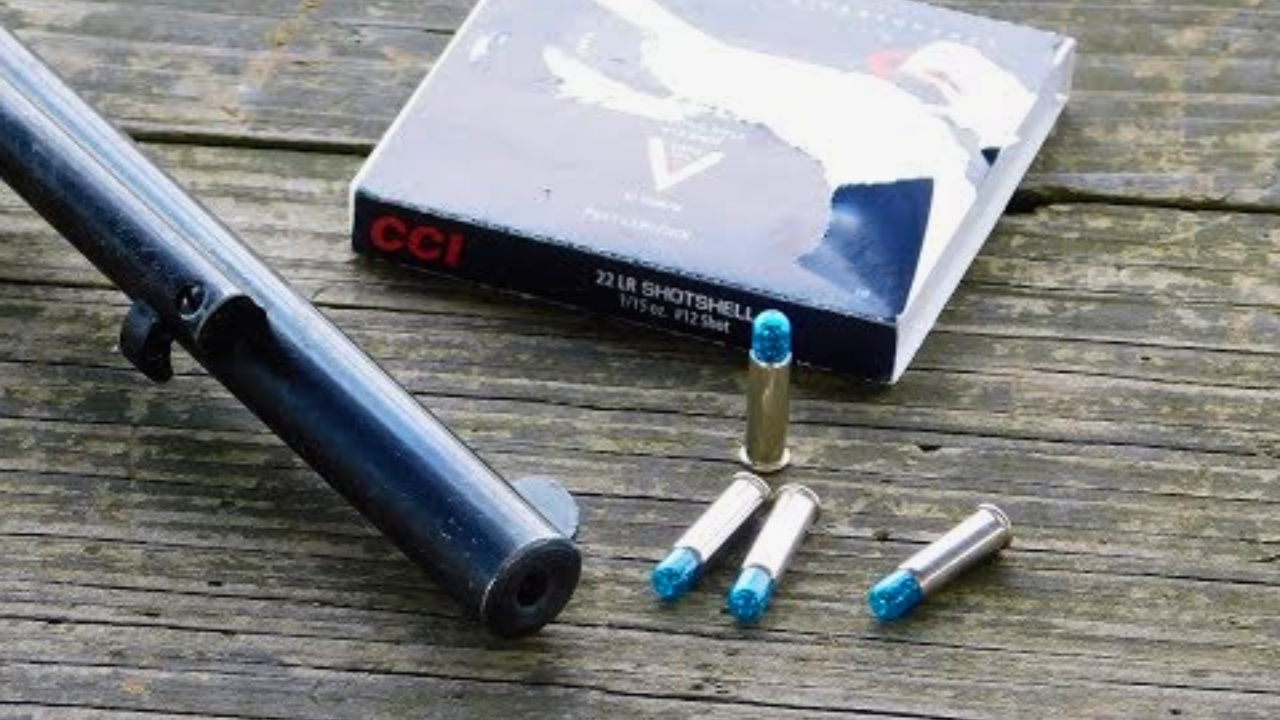
For snakes, the .22 LR loaded with shotshell (aka “rat shot”) is hard to beat. It gives you a nice spread at short distances without worrying about overpenetration or ricochet like you might with solid bullets.
You don’t need to be a marksman to hit a moving snake with a shotshell. It’s cheap, quiet, and perfect for dealing with pests near sheds, barns, or woodpiles. Just don’t expect it to work past about 10 feet—this is strictly close-up work.
.410 Shotgun
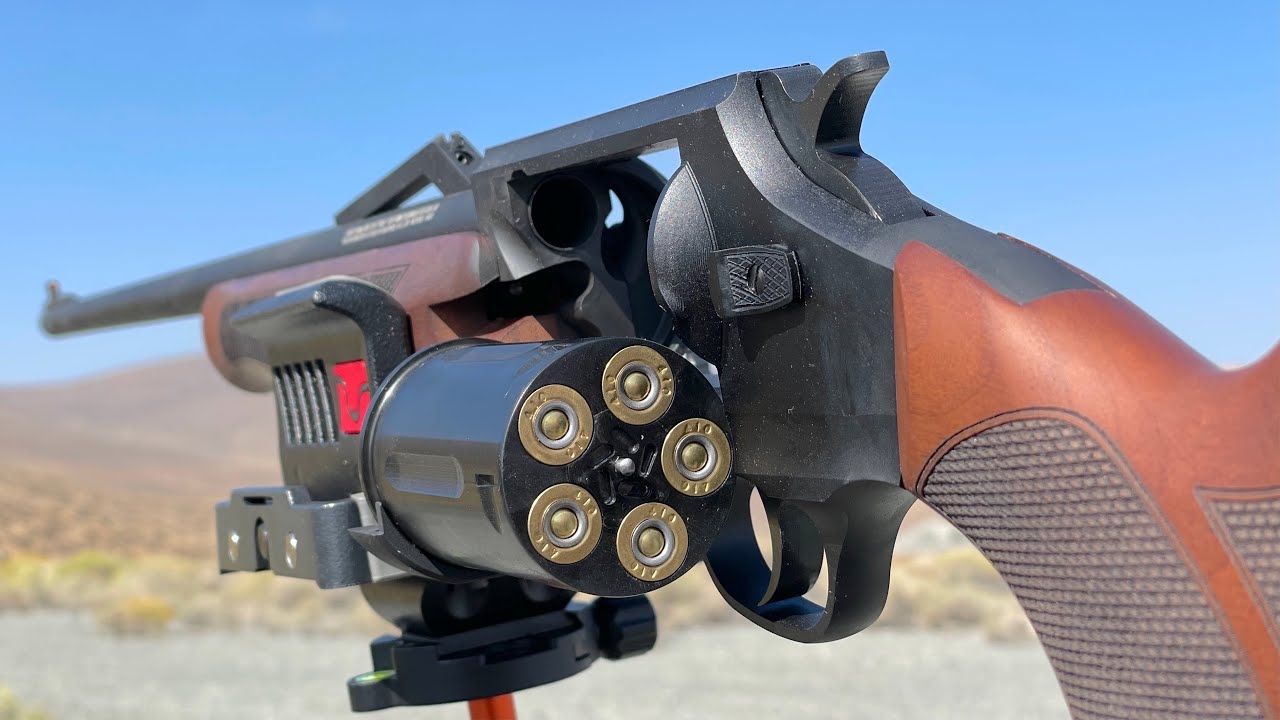
A .410 is one of the most versatile pest control tools you can have. It’s light, easy to aim, and gives you plenty of spread to take care of snakes, skunks, armadillos, and other close-range intruders.
It’s a great option if you want more power than a .22 shotshell but still need to control where your pellets go. Plus, there are all kinds of loads available—from birdshot to slugs—so you can match it to whatever you’re dealing with.
.38 Special or .357 Magnum with Shotshells
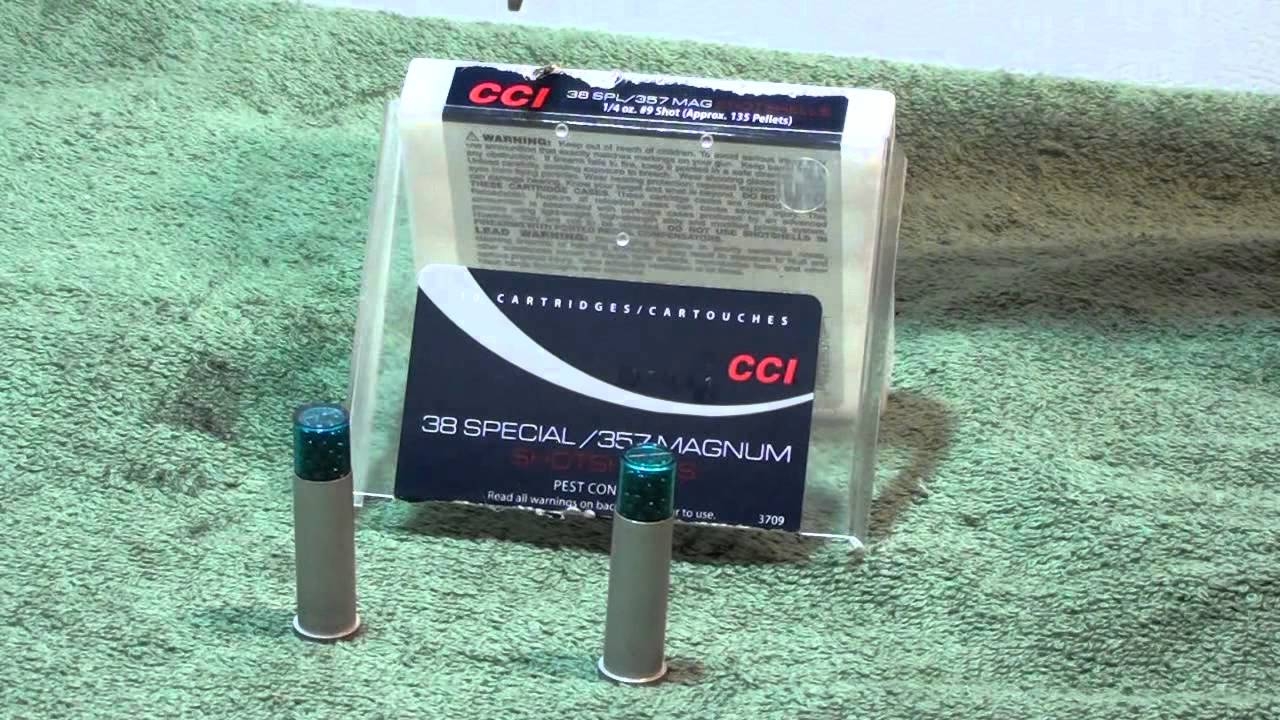
If you’ve got a revolver chambered in .38 or .357, you can load up with shotshells for effective snake or pest work. It’s a solid choice when you want a handgun that can do a little of everything.
The shotshells spread quick, so it works best up close—usually within 6 to 10 feet. Great for keeping on your hip while doing chores, especially during snake season. Just know it’s louder than a .22 or .410.
9mm with Shotshells

A 9mm handgun loaded with shotshells can be a decent option for snakes or rodents, but it’s not always as reliable as a revolver. Some autos don’t cycle well with low-power rounds like these.
If you want to go this route, test your ammo to make sure your gun will feed it. It’s handy if you’re already carrying a 9mm for personal protection and don’t want to switch firearms. Just be aware of limited range and pattern spread.
.22 WMR (Magnum) with Shotshells
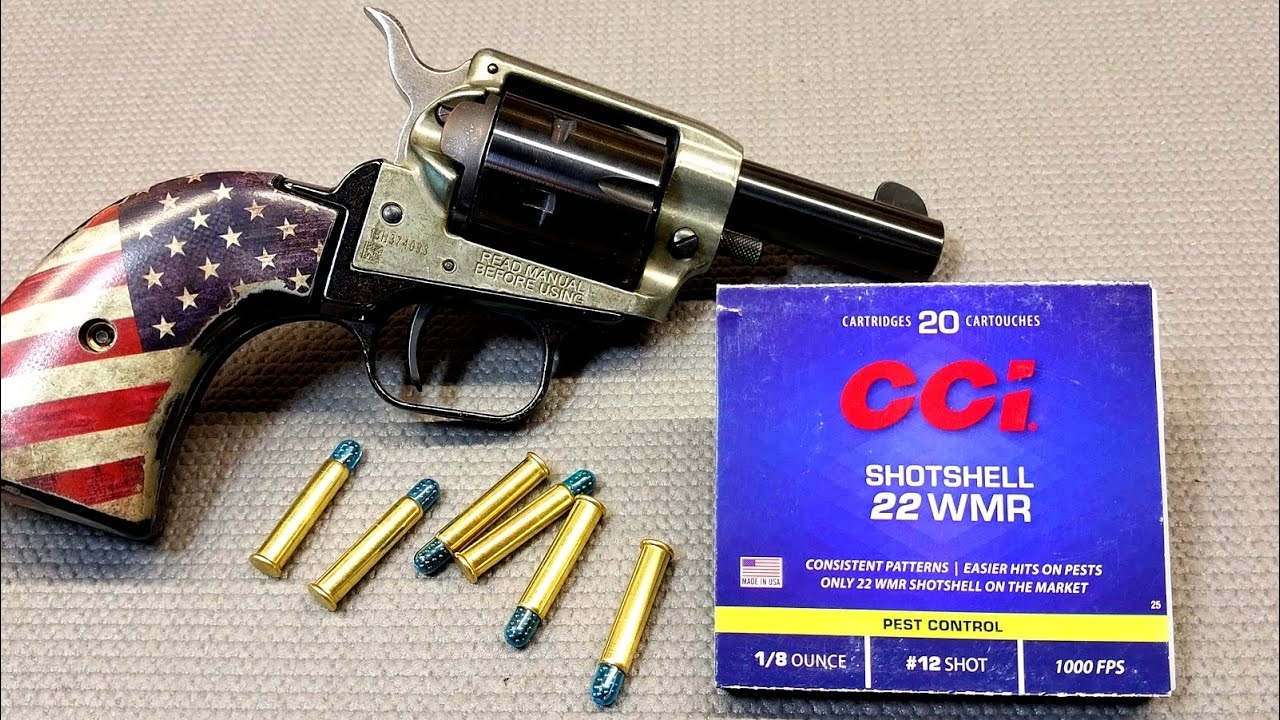
The .22 Magnum gives you a little more punch than a regular .22 LR but still keeps the recoil and noise low. When loaded with shotshells, it’s a solid option for close-range pest work, especially on tougher critters like skunks or possums.
It’s still not great past 10-15 feet, but it gives a bit more versatility if you need to reach out a little further than .22 LR. Great for walking fence lines or patrolling the property on foot.
12-Gauge with Light Birdshot
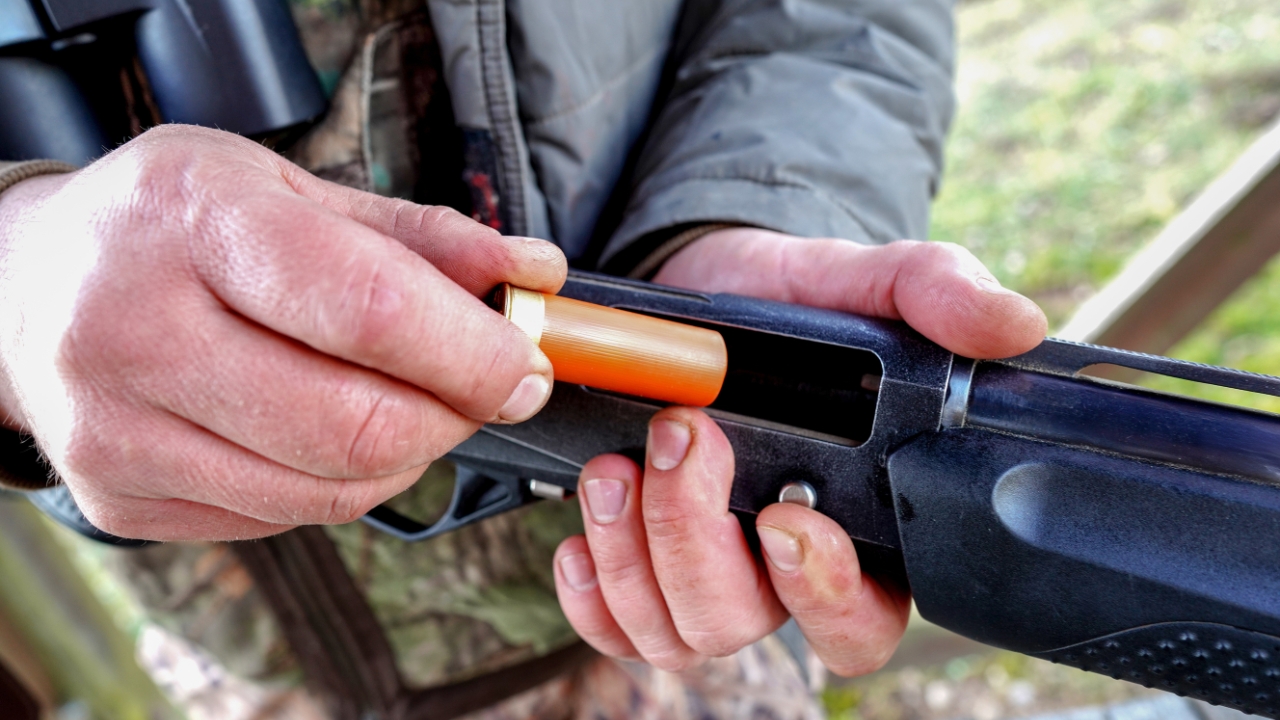
If you don’t mind the extra kick, a 12-gauge with light birdshot will definitely get the job done. It’s overkill for most pests, but it works when you want to make sure the problem doesn’t crawl away.
Use it with caution, especially near buildings, animals, or hard surfaces. It’s better suited for open spaces where you’ve got a safe backstop. Keep it handy for bigger pests or when you don’t want to take any chances.
.17 HMR
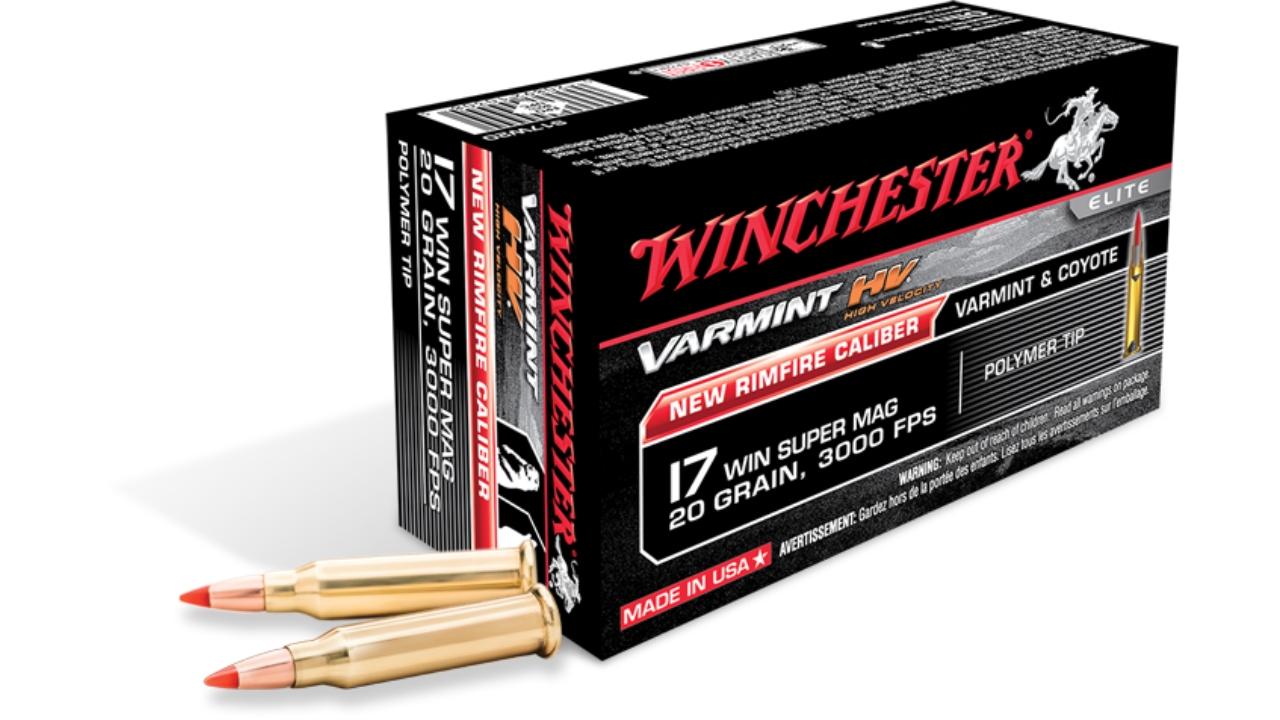
The .17 HMR isn’t the first thing most folks think of for close-range pests, but it’s useful if you’ve got a clear shot and need precision. It’s not ideal for snakes, but it’ll drop a skunk or armadillo cleanly.
The downside is it can be a little much up close, especially if you’re trying not to make a mess. Still, it’s flat-shooting and accurate if you’ve got a little distance and need a clean kill.
.22 LR Solid Point

If you don’t have shotshells, a regular .22 LR with solid points will still handle most pests, but it takes better aim. You need to be confident with your shot placement, especially on fast-moving snakes or small critters.
The advantage is it’s quiet and has very little recoil. The downside is it can ricochet if you’re shooting on hard ground or near structures. Use with care and make sure your shot has a safe backstop.
*This article was developed with AI-powered tools and has been carefully reviewed by our editors.

